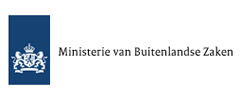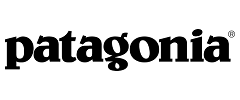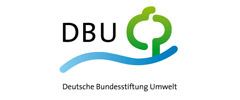Nuclear Power increases child leukaemia risk
Children living within three miles of nuclear power stations are more than twice as likely to get leukaemia as those who live further away, scientists say
10.01.2008 |The Telegraph UK, Nic Fleming
The study was reported on the Channel 4 website as the Government gave the go-ahead for a new generation of nuclear power stations in Britain. While the issue of cancer clusters has been hugely controversial in Germany, which is phasing out nuclear power, potential health risks have been less of an issue in the debate running up to the announcement.
The German researchers behind the new study, published online in the International Journal of Cancer, said they did not know whether radiation from the plants played a role in the cancers.
However Wolfram Koenig, director of the BFS, said: "Given the particularly
high risk of nuclear radiation for children, and the inadequacy of data on the emissions of nuclear power plants, we must take the correlation between distance of residence and high risk of leukaemia very seriously."
The BFS ordered an investigation into the possibility of the existence of leukaemia clusters close to nuclear power stations following earlier inconclusive studies.
Researchers at the University of Mainz, who are responsible for the German
Register of Child Cancers, identified 593 cases of children aged under five-years-old diagnosed with leukaemia between 1980 and 2003. They
also selected 1,766 healthy controls in the same age group.
The scientists found children living within 3.1 miles (5km) of a nuclear power station were over twice - 2.19 times - as likely to be diagnosed with
leukaemia as those living outside that zone. Those living within 6.2 miles (10km) were 33 per cent more likely to have the disease than those further away.
The number of children aged under five-years-old with leukaemia living within 3.1 miles of the plants should, according to the national average rate of the disease, have been 17 within the study sample. The group found 37 cases.
Prof Leo Kinlen, a cancer epidemiologist at Oxford University, said the clusters could have been caused by the influx of construction workers used to build the plants. Prof Kinlen said last night: "The likelihood is that unless the power stations are near large towns they would have had to bring in large workforces to construct them.
"Rural population mixing has in the past been associated with increases in leukaemia, because of the suggestion that infection with a virus may
play a role in the disease. "One has to be careful about the selection of the area within which the clusters are found because of the small number of cases.
"As long as the selection of 5kms has been done in an arbitrary way
rather than influenced by a desire to find an eye-catching result, this is
an interesting study and can't be dismissed."
http://www.telegraph.co.uk/earth/main.jhtml;jsessionid=5TN2MFW52TNPXQF
Related News
Meet the Winners of the Gender Just Climate Solutions Award at COP24
On the 70th anniversary of the Universal Declaration of Human Rights, we awarded Gender Just Climate Solutions Winners at the climate negotiations in Katowice, Poland
11.12.2018
Invitation: Gender Just Climate Solutions Award 2018
10 December, COP24 Katowice
04.12.2018
Getting to the Future We Want
4-7 November, Brussels: European Environmental Bureauís (EEB) Annual Conference
12.11.2018
GoodFood4All
WECF and partners all over Europe start GoodFood4All Campaign
06.11.2018
#Ruralwomen: join our Women2030 campaign!
15.10.2018






































